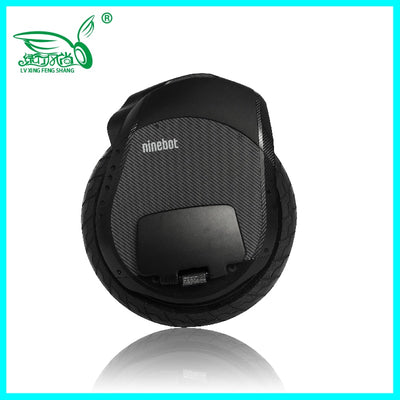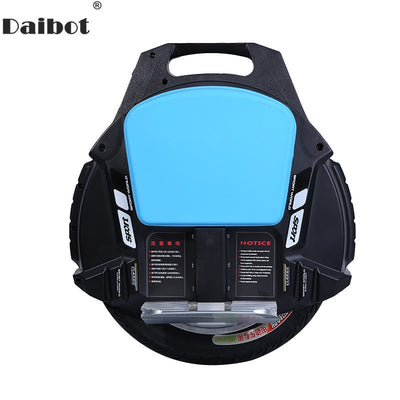How Difficult Is It To Ride An Electric Unicycle?
Posted by Tom Lee on
No matter how much time has passed and how almost common the new rideables have become on the streets of big cities, for most of us, hearing the word “unicycle” naturally takes us to a circus arena. Somehow, the guy riding it should still be juggling oranges to the applause of an excited audience instead of calmly riding through the crowd with a laptop bag. As our reality is changing, it is high time to let go of these ideas of the past and accept the new contraptions for what they are – just one more way to get to the office.
However, one important question remains. If only a few decades ago, riding a unicycle was regarded as a trick, a stunt worth an employment at a prestigious entertainment facility – have things really changed and are these modern electric versions easier to master?
Most urban travelers and rideables fans agree on one thing: a unicycle is much more challenging in this regard than a dualwheel, a scooter or a Segway-inspired transporter. But mastering it comes with a number of things we subconsciously yearn for: speed, maneuverability and the ultimate coolness.
So how do you master a unicycle?
First, you need to get used to the idea that it will take time and you will probably not be “a natural”. As with all things that we claim to be “worth having”, mastering the uniwheel will take time, practice, patience and maybe even a few bumps and bruises.
Second, you need to find a wall or a person (or both) to lean on during your first steps on the uniwheel and a quiet place to attempt your riding – so that you don’t bump into people, crash into furniture or instill the fear of God in your cat.
Third, make sure you are in charge of your body language. A uniwheel is controlled by leaning and turning – so being in control of even the subtlest body movements is very important.
Fourth, don’t forget about safety. Following the reasoning behind “it’s better to be safe than sorry” , we suggest you have your helmet, elbow pads and kneepads ready -especially if you are riding outside on the pavement.

After the first four steps have been secured, it’s time to approach the hardest part – getting started.
Phase I: Training
Most electric uniwheels come with two auxiliary wheels and a safety strap to help you with the initial stages, and we recommend you use them.
- Push the button to activate the uniwheel and set the stabilizing mechanism in motion.
- Pull out the training wheels and attach the safety strap.

- Place yourself on the platform one foot at a time – it’s great if you have someone or something to hold on to – hold the safety strap and lean forward.
- You will start moving. If you want to stop – lean back. If you want to turn left – lean to the left side. If you want to turn right – lean to the right side.
It’s good to have at least a few hours to practice with all the training gear until you feel confident.
Once you do, try to ride without the strap first. This will give you more freedom – but don’t make any jerky movements as the wheel will react to them instantly.
Next step will be getting rid of the training wheels and standing on the transporter by yourself.
Phase II: Independence
With most devices, you will need a screwdriver to remove the training wheels – but it will just take a few seconds. After the wheels have been removed, you may want to get back the strap to help you stabilize yourself and steer.
 Put one foot on the platform, kick off with the other foot and stand up straight.
Put one foot on the platform, kick off with the other foot and stand up straight.
The way you steer the uniwheel remains the same – lean in the necessary direction and the transporter will follow.
 Go slow first and gain confidence. It will take you time to speed up – but once you are ready, you may even want to try a few uniwheel stunts.
Go slow first and gain confidence. It will take you time to speed up – but once you are ready, you may even want to try a few uniwheel stunts.
- Make sure you are riding on a smooth surface (especially when training)
- Check the road for potholes so that you don’t lose your balance
- Don’t get distracted or wear headphones during training
- Ride at a safe distance from people and vehicle








